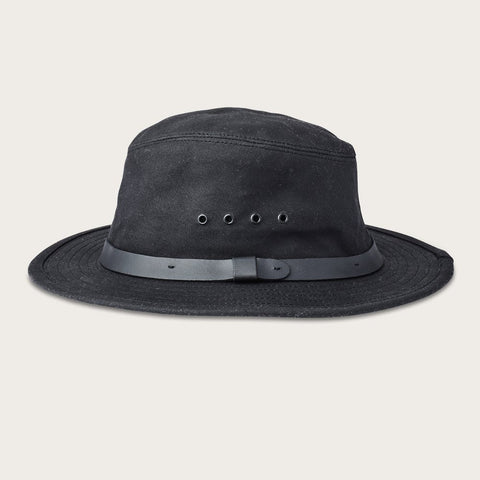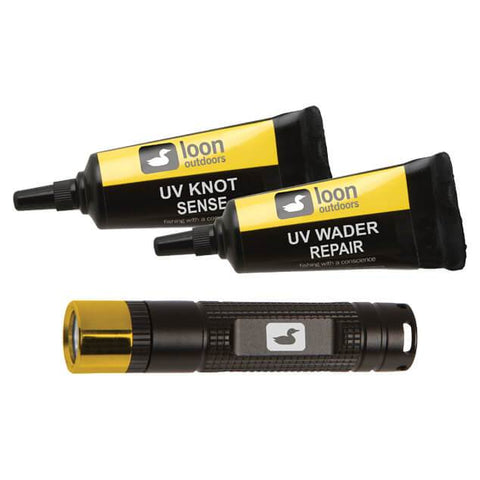Secure eyes on the bottom of the jig hook (one eye length from the bend of the jig hook) using alternating wraps (3 in one direction and then 3 in the other direction) and repeat until the eyes are solid on the hook. Then cut a significant amount of Flashabou and tie it in for the tail and double it back to secure. Leave the flash long and with a straight cut at the back to ensure the most movement possible in the fly. Its a good idea to whip finish and epoxy the eyes and the shank of the hook at this point for durability. Wait for epoxy to dry and move on to step 2
The Fishpond luggage collection at Lost Coast Outfitters embodies the brand’s dedication to smart design, durability, and function on the move. Fishpond develops travel gear through years of expedition experience, creating luggage and packing systems that resist the wear of rod tubes, salt spray, rough handling, and unpredictable conditions.
From rolling duffels and submersible bags to rod and reel cases and gear haulers, Fishpond’s luggage lines merge waterproof materials, reinforced structure, and angler-oriented features. Their Thunderhead, Stormshadow, and rod-case systems are engineered to protect your equipment while offering ease of access, internal organization, and rugged dependability.
Browse our Fishpond luggage offerings and find gear travel-ready for your rods, reels, and tackle—whether you’re driving down the coast or flying to a remote destination. Carry your kit with confidence, backed by the reliability of fishpond luggage.






































